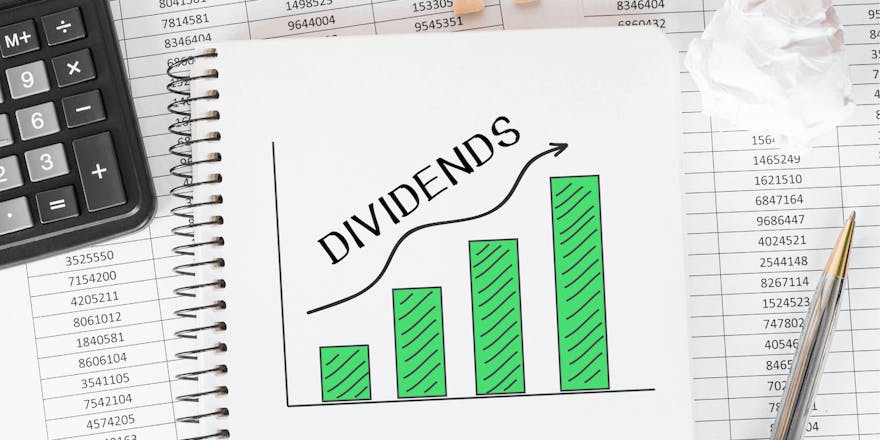What is the Dividend Allowance?
The Dividend Allowance enables you to receive an amount of dividends tax-free. The allowance is particularly helpful for anyone who has other types of income as it increases the overall amount you can earn before paying tax.
Example: Limited company owner (Sarah)
Sarah owns a small business that operates as a limited company. She takes a salary from her business in addition to a small dividend each year. For the tax year ending 05 April 2022 Sarah has the following income:
Employment income: £12,570
Dividends: £2,000
Total income: £14,570
There is no tax due on this income. The £12,570 employment income will use up Sarah's Personal Tax Allowance, and the £2,000 dividends will be covered entirely by the Dividend Allowance.
Example: Landlord (Joel)
Joel owns two rental properties that he lets out for the whole tax year. Joel also owns some shares in profit-making businesses on the stock exchange. For the tax year ending 05 April 2022 Joel has the following income:
Rental profits: £11,000
Dividends: £3,500
Total income: £14,500
There is no tax due on this income. Joel's rental profits will use the first £11,000 of his Personal Tax Allowance with the remaining £1,570 being offset against his dividends. This leaves £1,930 dividends which are covered entirely by the Dividend Allowance.
What's happening to the allowance?
From 06 April 2023 the Dividend Allowance is being reduced to £1,000 (from £2,000). The Dividend Allowance is also due to be reduced again from 06 April 2024 to £500. The table below summarises the changes:
| Period | Dividend Allowance |
|---|---|
| From 06 April 2018 | £2,000 |
| From 06 April 2023 | £1,000 |
| From 06 April 2024 | £500 |
Who does this change affect?
Among TaxBoxx clients the most likely to be affected will be limited company owners who pay themselves at least in part by dividends. However, this change will affect anyone who receives more than £1,000 in dividends per year and more than £13,570 per year overall.
Example: Limited company owner (Sarah)
Using the same numbers as our previous example for Sarah but taking into account the Dividend Allowance that applies from 06 April 2023, Sarah now has a tax bill:
Employment income: £12,570
Dividends: £2,000
Total income: £14,570
Tax due on this income is £87.50. The £12,570 employment income will still use up Sarah's Personal Tax Allowance, however now only £1,000 of Sarah's dividends are covered by the Dividend Allowance. The remaining £1,000 of dividends are taxed at the dividend tax rate of 8.75%.
Example: Landlord (Joel)
Using the same numbers as our previous example for Joel but taking into account the Dividend Allowance that applies from 06 April 2023, Joel now has a tax bill:
Rental profits: £11,000
Dividends: £3,500
Total income: £14,500
Tax due on this income is £81.38. Joel's rental profits will still use the first £11,000 of his Personal Tax Allowance with the remaining £1,570 being offset against his dividends. However now only £1,000 of the remaining £1,930 of dividends are covered by the Dividend Allowance. This leaves £930 of dividends to be taxed at the dividend tax rate of 8.75%.
What can I do?
If you're concerned about these changes and you're a TaxBoxx client, please message your accountant who will be more than happy to discuss these changes with you and explore your options. If you're not a TaxBoxx client you can use our free "Ask an accountant" service by pressing the button at the bottom of this article.
Recommended to read next
National Minimum Wage and National Living Wage ratesHave a question? Speak to a TaxBoxx accountant!
Send your question directly to a qualified accountant using our free "Ask an accountant" service . We'll review your question and give you general advice to point you in the right direction. If you want more tailored advice we can discuss the process of becoming a full client, but there's absolutely no-obligation on you.
Ask an accountant